Takes - this is a headdress, which came to us from the territory of modern Holland and the first mention of it dated by the 12th century. Surprisingly, after many centuries, it takes no popularity. Moreover, to this day, this item of the wardrobe is a symbol of elegance and taste. The secret of its relevance is simple: it can serve as an independent detail of the wardrobe, practical and convenient, and play the role of accessory, acting as an addition to an already formed ensemble. What do not say, and beret should have any modern woman in his arsenal. Our schemes of winter coarse crochet with the description will help create this elegant headdress with their own hands without any difficulty. You will only leave to pick up a beautiful scarf to him.
We begin to cray
The first one to learn before starting to start working with a hook and yarn is the art of knitting air hopes (WHO. Peltegs) and reverse loops. It is also important to know the technique of a set of pillars, pillars with Nakid (SSN), pillars without Nakid (VTF) and just Nakda (NK).It is easiest to learn this with a variety of master classes, one of whom you read now. Also, do not forget that the quality of the product significantly depends on the ability to pick up hooks and yarn. So, for example, even the narrowest part of the hook should be half already, rather than the yarn thread. If you do not comply with this condition, the finished canvas will be either thicker and densely conceived, or, on the contrary, will be thinner and flimsy.
The easiest option for needlewomen is a classic. This photo-lesson is this believer we provide to your attention.
The knitting of the beret begins with such a small pancake and goes in a circle. These are four air loops that closed in the ring.
Article on the topic: Weaving paper baskets for beginners: master class with video
Now it looks like a pair of looping in all poles.
Now you need to do relief pillars.
Say the WHO pair. Perekki between the poles.
Knit our drawing.
Line number four and line number five are absolutely identical.
Again knit in our drawing.
In the middle of the embossed pillars, bind a pair of CH.
Knit further and at the same time reconcile that we did. If the diameter is less than twenty seven centimeters, then knit on.
In new lines do not carry out additives.
We wist our product.
Until you stop making a downstream pastener.
Make CH. You need to focus on the diameter of your head. Provided that the product does not fit you, slides or sitting too loose, then we work with rowers of petrolek.
Knit a rubber, alternately using that internal, then external petakers.
When it takes ready, it can be decorated with a yarn of another color, you can add flower or any, in your opinion suitable, decorations.
Universal option
This versatile is called this is because it is great for women of all age. In this chain, two types of mating are used: ISP and SSN, which converge among themselves thanks to WHO. Peaches.
Crochet knitting scheme:
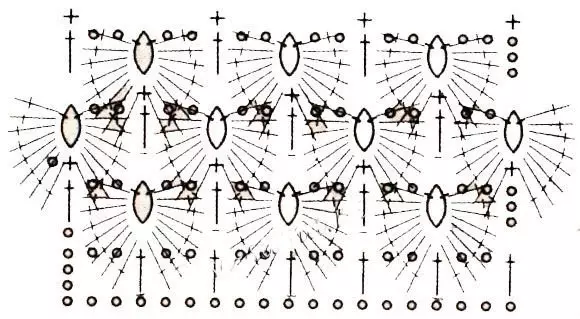
The knitting algorithm occurs. Fileuina mesh, which is more scalp for ten centimeters, is predicted on the chain from WHO. Peltlek. Now, according to the scheme, the straight canvas knit pattern. As soon as the pattern reaches a height of twenty-five centimeters, we begin to hide the loops: when there is a "semicircular pattern", every sixth "semicircular pattern" is hidden, tightening the tops of the columns of the last row through the failure. Knit until then, there will be no only a few "semicircular patterns". We reach the top of the beret and tighten it, then stitch. Making careful assemblies, insert the lower edge of the beret using a fail. And in favor of top, the frontal part of the product we knit a beat on the spirals. Our work is completed, an example of how the product should turn out, look at the photo.
Article on the topic: Means that will help get rid of mold in the cellar or basement

With "lush" columns
The pattern from the twisted lines, which are also called "lush" or embossed columns, has always added a knitted product of expressiveness. In addition, thanks to the use of such a knitting technique, the product is well holding the form and is not deformed even after washing.
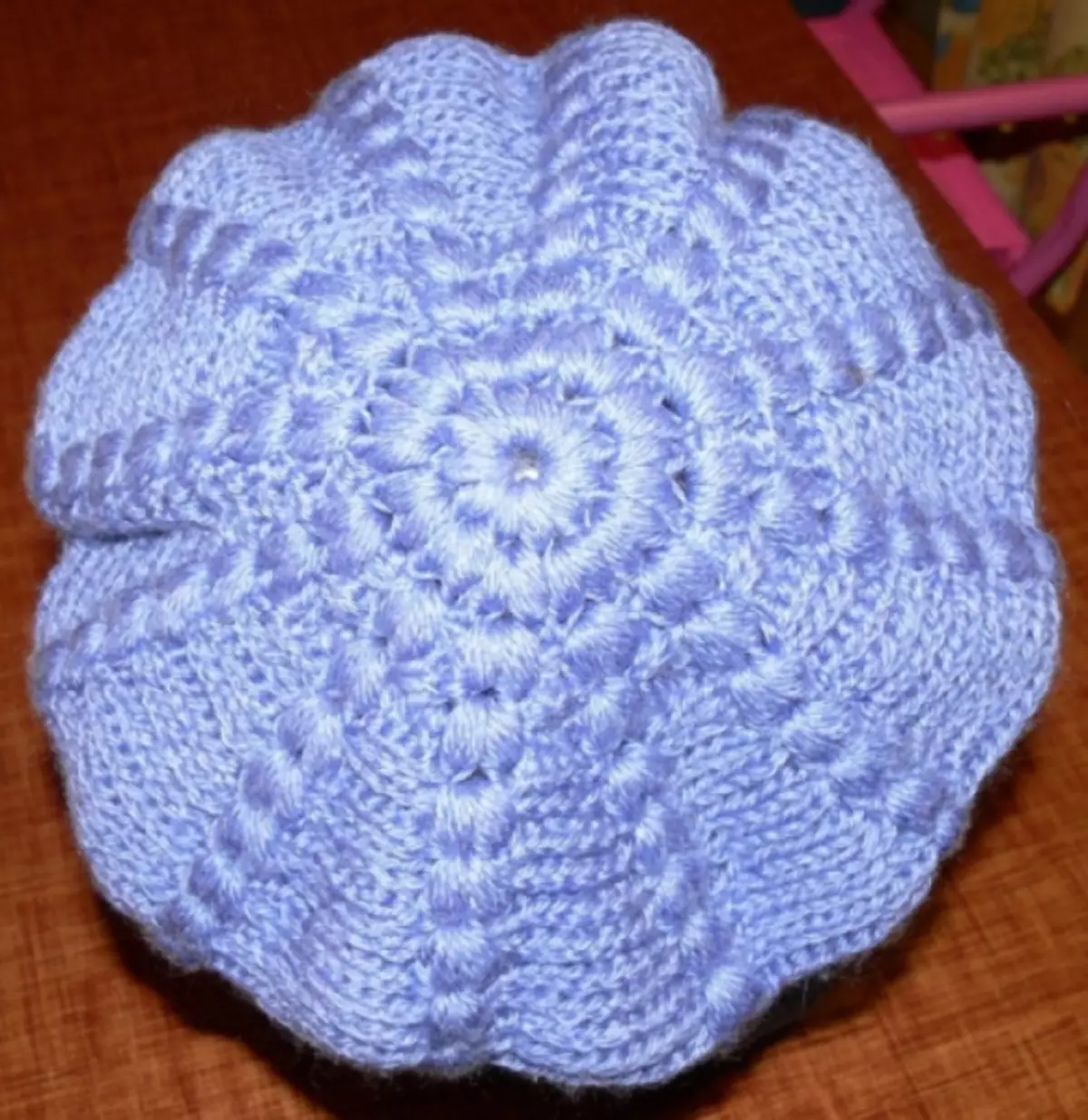
Knowing small basins of crochet techniques, this takes can tie, using the scheme alone, even novice needlewomen.
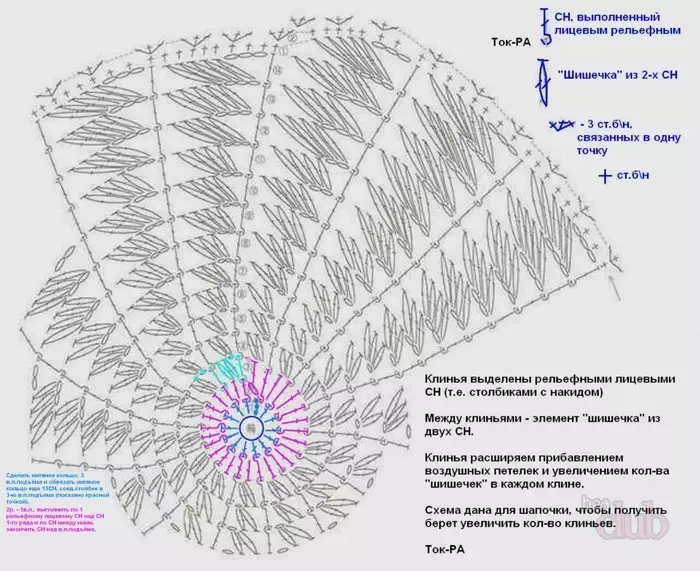
From thick yarn
Tight, thick yarn creates amazing canvas. Clothing connected from such material always looks very cozy, and in fact it turns out to be very warm and soft. Berets associated from tight yarn are only included, but have already managed to establish themselves well.
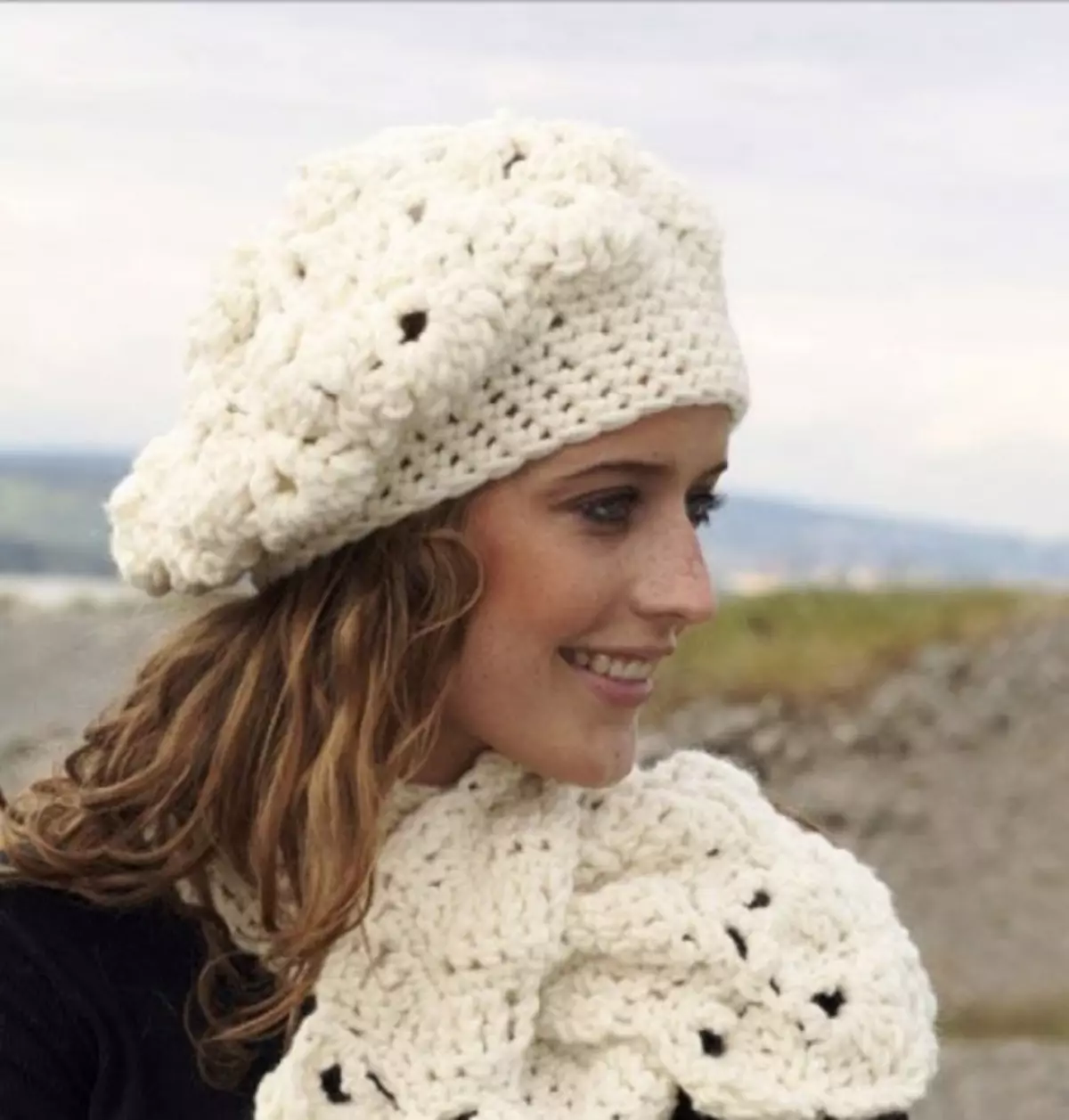
To perform this beret you will need a wool yarn of 50 g and an eight-month knitted hook.
The scheme of "lush" beret:
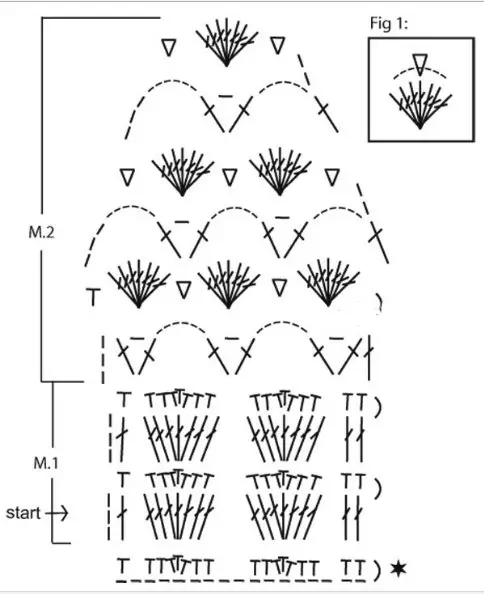
We will work for this principle: starting every CSN circle is replaced by one WHO. The loop, a column with two NK - three canes, a batch with three NK is replaced by four loops, respectively. Finishing each circle, to lines one connecting semi-voltage in the first column of the circle.
The hide of the looping is carried out according to this principle: without stretching the yarn through the loop, one SSN fit. Now we make one SSN and stretch the yarn through all three hinges on the hook.
Video on the topic
Look even more interesting on the video:
